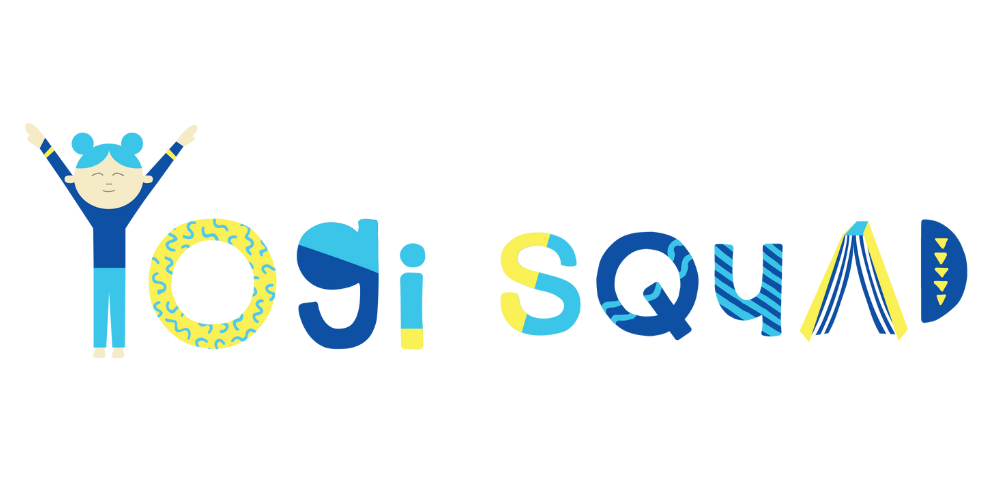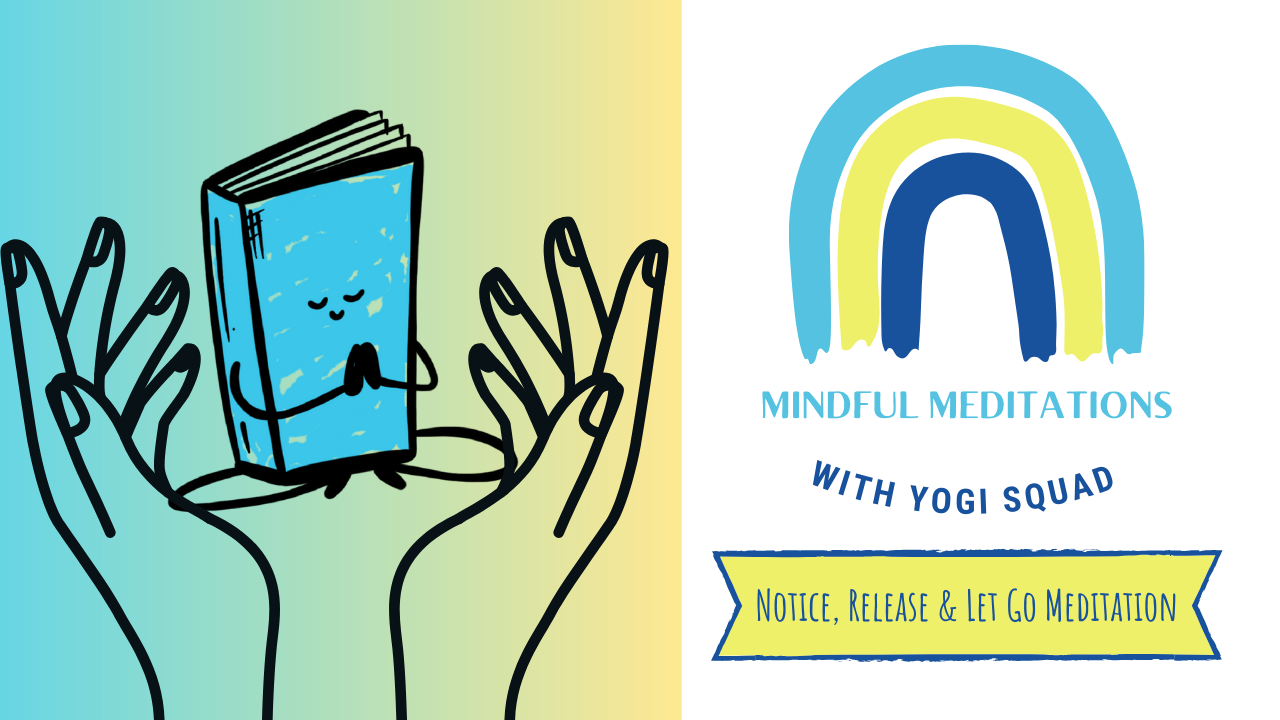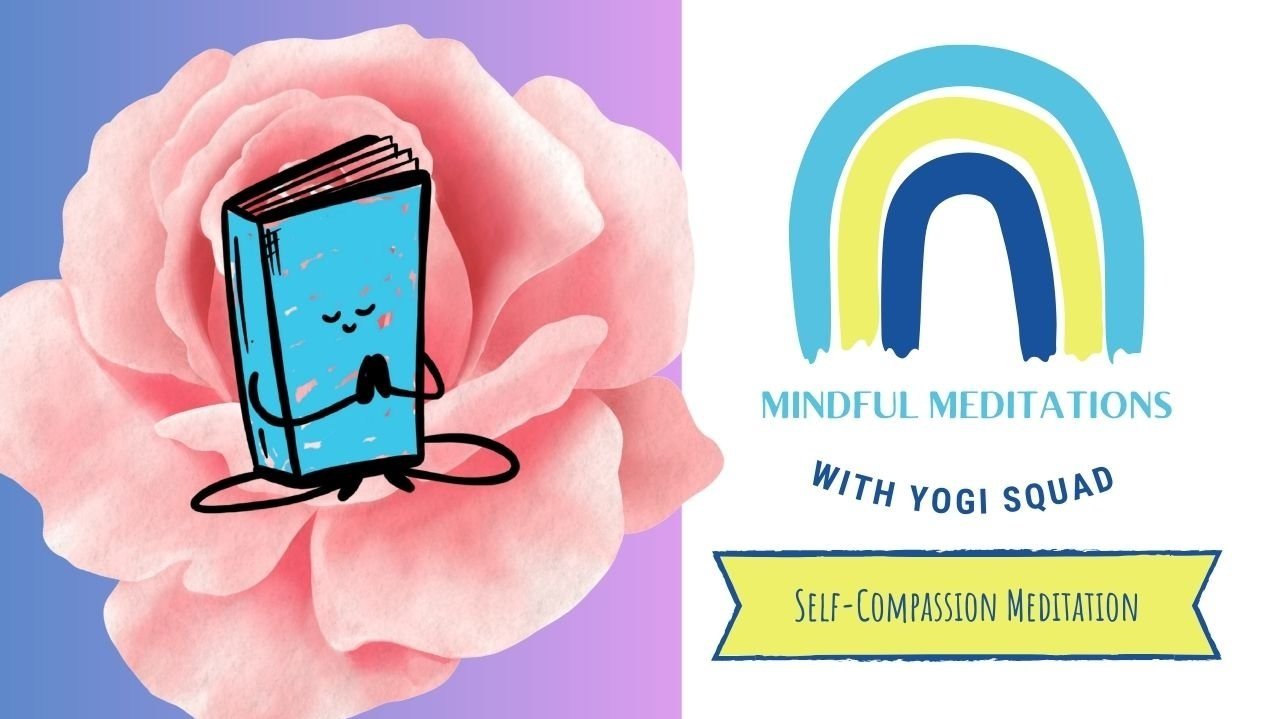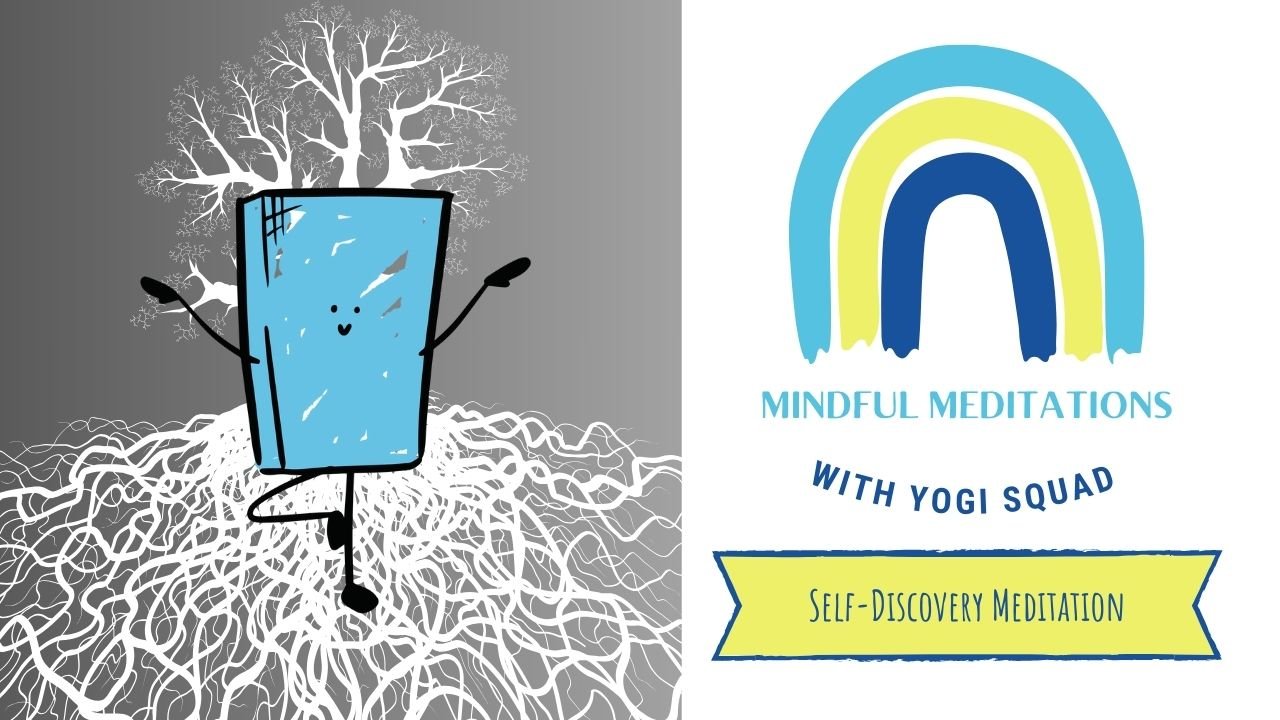Enhancing Your Teen's Inner Strength (And Yours Too!) with the “THRIVE” Approach for Resilience
Promoting resilience is a cause close to my heart because it serves as a powerful defense against anxiety, stress, and burnout, benefiting everyone regardless of their age or current resilience levels. The good news is that resilience is a skill that can be learned, providing individuals with lifelong tools for navigating challenges. As a yoga and mindfulness educator, specializing in working with youth, I have found that developing resilience skills is immensely valuable, especially in teenagers.
Through my research and experiences practicing the essential components of resilience, I created the “THRIVE” approach to building our resiliency muscle, encompassing Thought Flexibility, Harnessing Resources, Recharge Energy, Influence Control, Valuing the Present, and Embracing the Journey. The acronym helps make this model not only easy to recall but also practical, making it accessible for any age. Consider sharing it with teenagers you love and incorporating it into your lives.
THRIVE Your Resilience
T = Tune into your thoughts, feelings, and behavior (Like, what ARE you thinking about?)
Flexibility is pivotal for resilient and confident teens (as well as adults). Experiencing different approaches to tasks fosters adaptability to life's challenges. Cultivate flexibility in your thinking by avoiding rigid and unhelpful thought patterns. Ensure your self-talk is realistically positive, kind, and non-judgmental. It is so easy for us to judge and be mean to ourselves. So work on reframing those negative thoughts into positive ones. For example, you look at yourself in the mirror after a really long day and think, “Dang I look tired and feel awful”… REFRAME: “My body is spent and fulfilled from everything I experienced today. I’m going to sleep well tonight!”
Be open to diverse feelings, allowing yourself to approach situations with a lighter perspective. Flexibility in behavior is equally important – building resilience involves trying new actions. Challenge yourself to do something different today, big or small, and observe the impact. Keep flexibility in mind and actively practice it daily.
Mindfulness Tip: Integrate mindfulness into your flexibility practice by stopping to pause and be fully present in each new activity, focusing on the sensations and emotions it elicits. Take a moment to get creative and reframe any negative thoughts into positive ones.
H = Harness your resources – internal and external
Identifying your own internal resource– explore simple yet profound practices such as taking a deep breath, placing your hands on your heart, or pausing to engage in a moment of self-reflection. These actions serve as immediate anchors, allowing you to access your inner strength swiftly. Use these practices to recognize and apply your strengths, tapping into the wellspring of resilience within yourself.
Mindfulness Tip: Elevate your awareness of both internal and external resources by practicing gratitude. Take a moment to reflect on the strengths within you and the supportive network surrounding you, fostering a positive mindset that fuels your resilience journey.
R = Recharge your energy – prioritize activities that rejuvenate you
Understanding what energizes you is crucial. Life's demands might have caused activities that once recharged you to fade away. To avoid running on empty, eliminate or minimize tasks that drain your energy and prioritize activities that rejuvenate you.
Identify an activity that has energized you in the past or a new one you'd like to incorporate into your life. Plan the next three steps to make it happen, ensuring you prioritize time for activities that recharge your energy. For example, you might like to run in nature, but you often don’t make time to do it. Take time to plan your running schedule, pull out your gear to motivate you, and get a good night’s rest so you’re ready!
Mindfulness Tip: Practice mindfulness meditation to rejuvenate your mental and emotional energy throughout the day. You can practice with Yogi Squad on YouTube or InsightTimer for FREE.
I = Influence your control – take charge when possible
Believing in your ability to control your life experience, known as an internal locus of control, is associated with increased resilience and positive well-being. Recognize that, even in challenging situations, you have the power to choose your response.
Strengthen your internal locus of control by making decisive choices today. For example, practice identifying and expressing your preferences without resorting to “I don't mind” or “I don’t care”. This reinforces the notion that you have the capacity to shape your life experience, contributing to increased resilience.
Mindfulness Tip: Use mindful breathing techniques to maintain a sense of calm and control in challenging situations.
V = Value the present moment – practice mindfulness
Being present in the current moment is a key aspect of resilience. Mindfulness involves paying attention to the present without judgment, reducing stress and enhancing overall well-being.
Incorporate mindfulness into your daily routine. Set aside a few minutes each day for mindful breathing, meditation, or simply observing your surroundings and grounding yourself. Practicing mindfulness regularly contributes to a more resilient and balanced mindset.
Mindfulness Tip: Practice grounding yourself during times of high stress. Take your shoes and socks off and walk barefoot in the grass. Sit with the sun shining on your face.
E = Embrace the journey – learn and grow from challenges
Embracing the journey involves acknowledging that challenges are a natural part of life. Instead of viewing them as obstacles, see them as opportunities for learning and growth. Approach difficulties with a mindset of curiosity and a willingness to adapt.
Today, embrace a challenge you may be facing, and view it as an opportunity for personal development. Focus on the lessons it offers and the strength you gain from overcoming it.
Mindfulness Tip: Have a rough day? Take a moment to journal about it! Journaling is a creative way to help you reflect on your experiences which can in turn make reframing them easier.
THRIVE on Resilience Today
By incorporating the THRIVE model into your life, you not only enhance your teen's inner strength but also cultivate your resilience. Embrace flexibility, tap into your resources, prioritize energy recharge, influence your control, value the present moment, and embrace the journey through learning and growth. These practices empower you and your teenager to navigate life's challenges with resilience and confidence and THRIVE!





